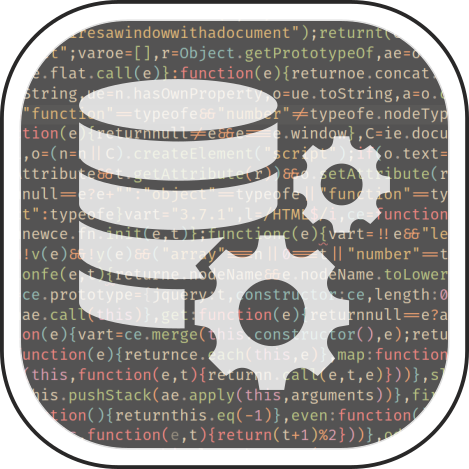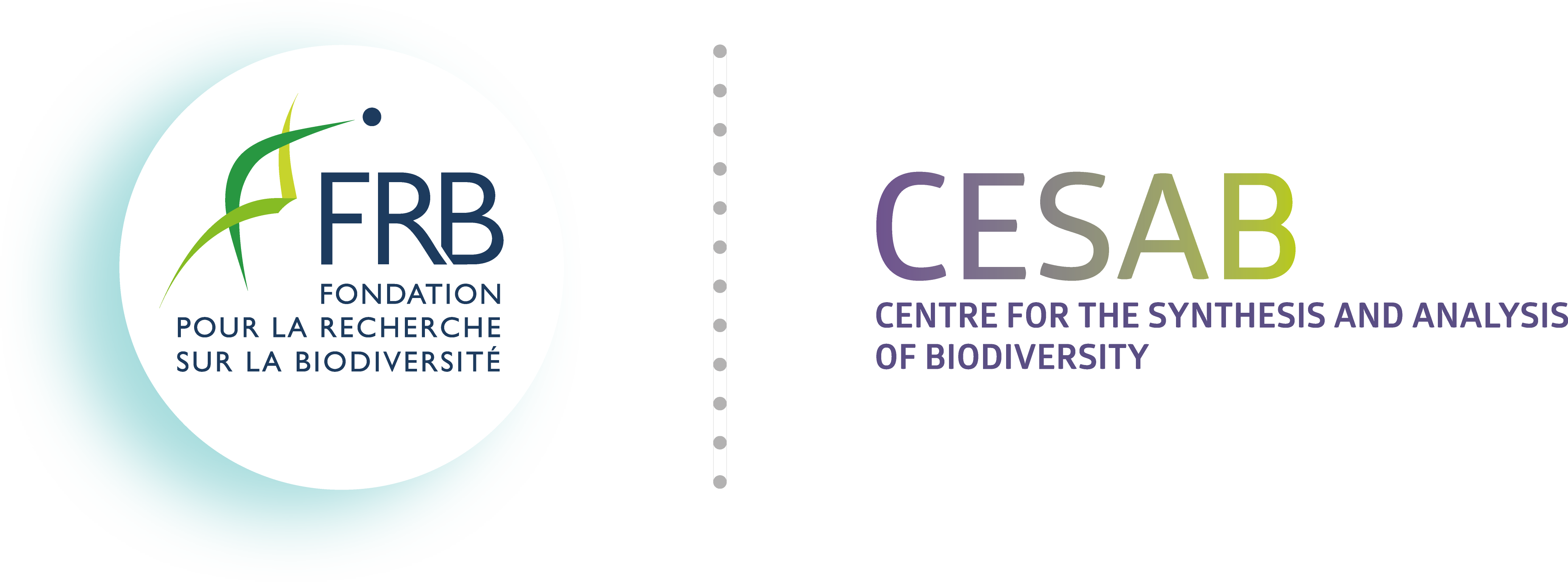Setting the stage
Objective:
You want to add information not measured in the field to your data
and you have collected the GPS coordinates (and you know the projection system) 👍
Issues:
- Many sources: satellite, re-analysis, models, …
- Many providers: Copernicus, IGN, NOAA, …
- Many disciplines: climate, soil, hydrology, remote sensing, social sciences
- Fast evolving field, many newly released datasets, hard to keep track of updates
Questions to ask:
- What data do I need to answer my research question?
- Define the spatial extent and resolution
- Define temporal extent and resolution
Spatial extent
France
Europe
- Copernicus: land, climate, marine
- EU JRC
- EU Env. Agency
- data.europa.eu
Topics
Soil
- ISRIC Soil Grids (250m)
- FAO Harmonized World Soil Database (HWSD)(1km)
- European Soil Database (ESDAC)
- BDGSF (France)
Elevation and bathymetry
Biomes and Ecoregions
Population density
GIS tools
Good news: you can do all your analysis in .
Recommended tutorials:
Other tools:
- Google Earth Engine
Good alternative to avoid downloading large data and make use of Google computation power (for academics only)
- Quantum GIS
Open source alternative to ArcGIS. Dedicated GIS tool, helpful to create professional maps
Please contact me if you have any questions : romain.frelat@fondationbiodiversite.fr

